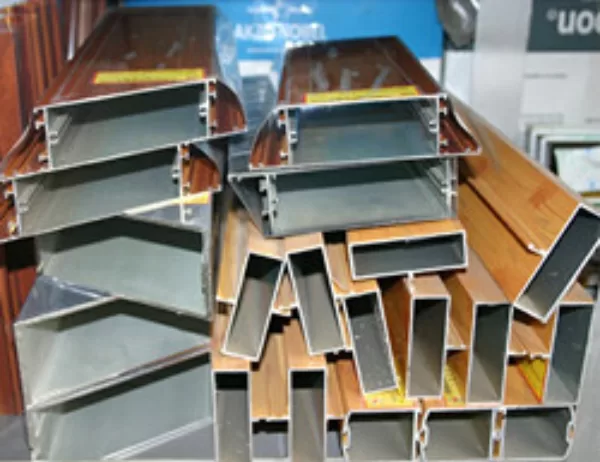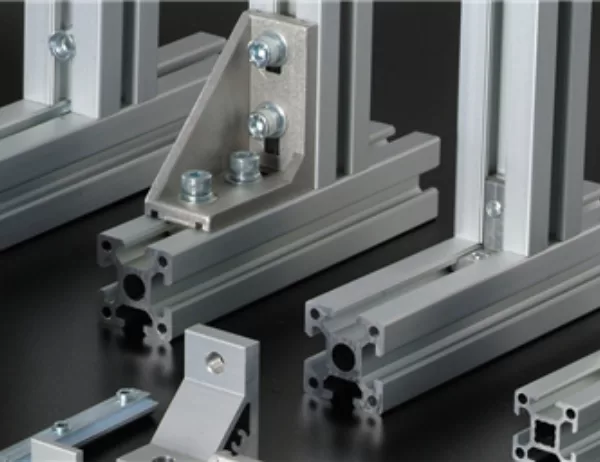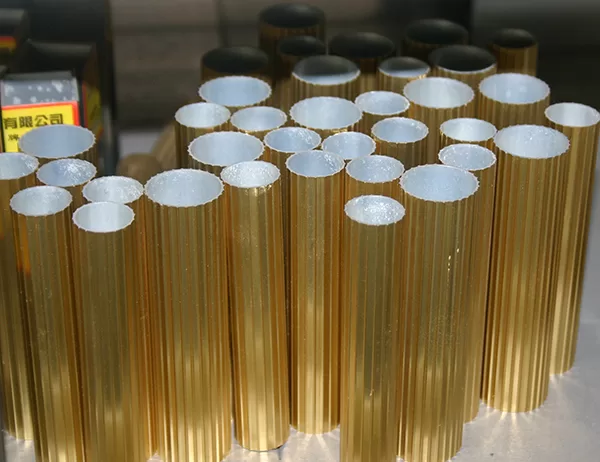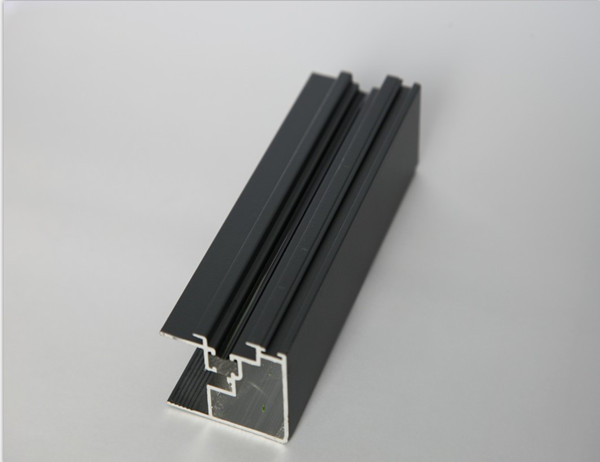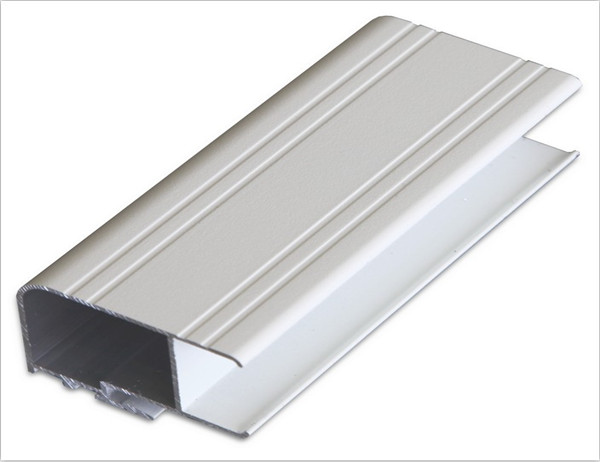The Role of Aluminum Profiles in Solar Power Systems: A Vital Link in Clean Energy Generation
In the realm of renewable energy, solar power stands as a beacon of hope, promising a brighter future beyond fossil fuels. At the core of these transformative systems lies an unsung hero: aluminum profiles. Their sleek presence and lightweight nature play a pivotal role in unlocking the immense potential of solar energy.
Structural Foundation: The Backbone of Solar Arrays
Aluminum profiles serve as the foundation upon which solar panels are securely mounted. Their high strength-to-weight ratio enables them to withstand extreme weather conditions, including high winds and snow loads. Without this robust framework, solar panels would be vulnerable to damage, compromising their functionality and longevity.
Precision Engineering: Optimizing Solar Exposure
The precise design of aluminum profiles allows for optimal solar exposure. The profiles can be customized to specific angles, ensuring that panels receive the maximum amount of sunlight throughout the day. This precision engineering maximizes energy yield, enhancing the efficiency of solar power systems.
Thermal Management: Preventing Overheating
Solar panels generate heat as they convert sunlight into electricity. Aluminum profiles play a crucial role in dissipating this excess heat. The high thermal conductivity of aluminum allows heat to flow away from the panels, preventing them from overheating and maintaining their optimal performance.
Corrosion Resistance: Withstanding Harsh Environments
Solar power systems are often exposed to harsh environments, including coastal areas with salt spray or regions with extreme temperature fluctuations. Aluminum profiles are highly resistant to corrosion, ensuring that solar arrays remain structurally sound and functional for years to come.
Sustainability: Aligned with Renewable Energy Values
Aluminum profiles are an inherently sustainable material choice for solar power systems. They are recyclable and can be reused in various applications, reducing waste and aligning with the environmentally friendly principles of renewable energy.
Conclusion
Aluminum profiles are not merely components in solar power systems; they are vital links that enable these systems to harness the power of sunlight, generate clean energy, and mitigate the effects of climate change. Their strength, versatility, and sustainability make them indispensable partners in the quest for a greener future. As the world transitions to renewable energy sources, the role of aluminum profiles will continue to be pivotal, shaping the landscape of sustainable energy generation.
